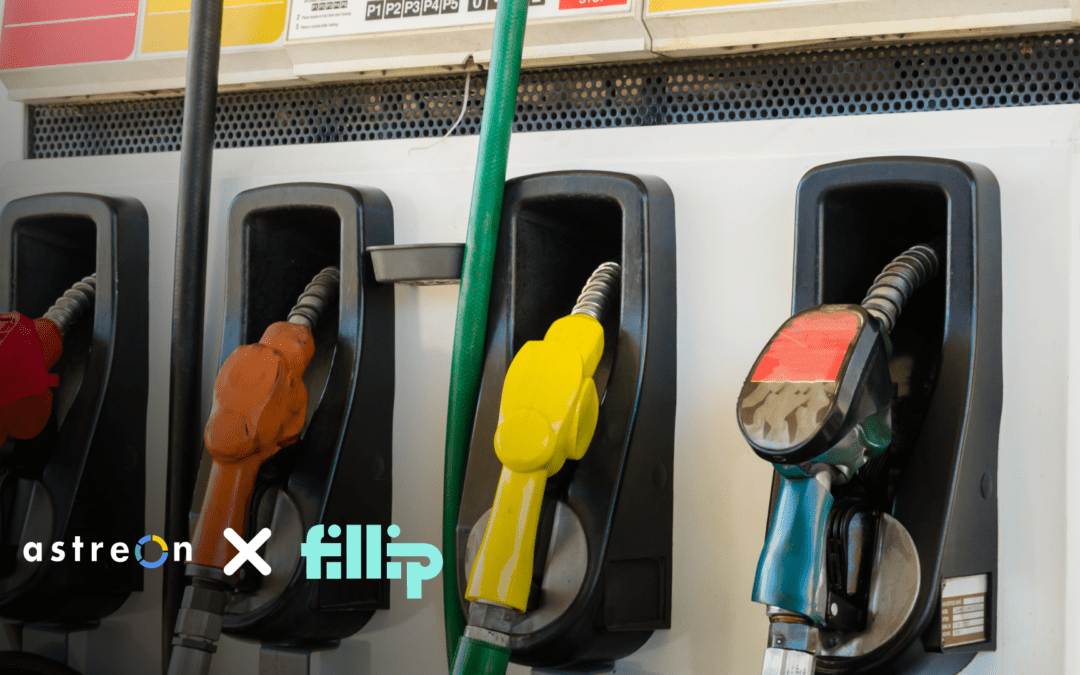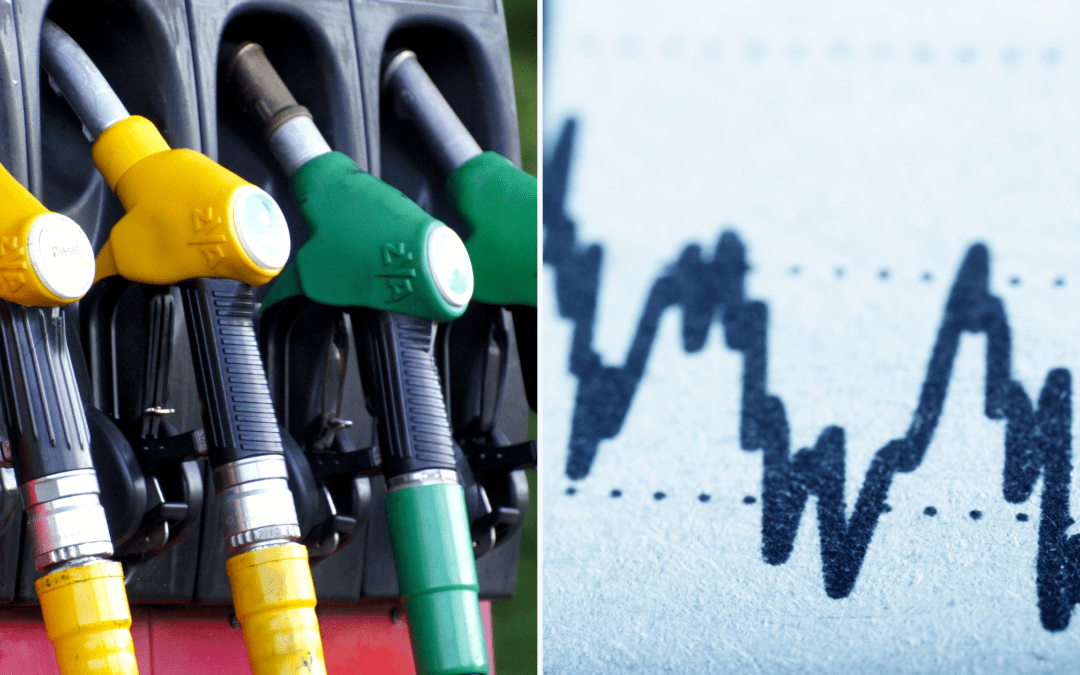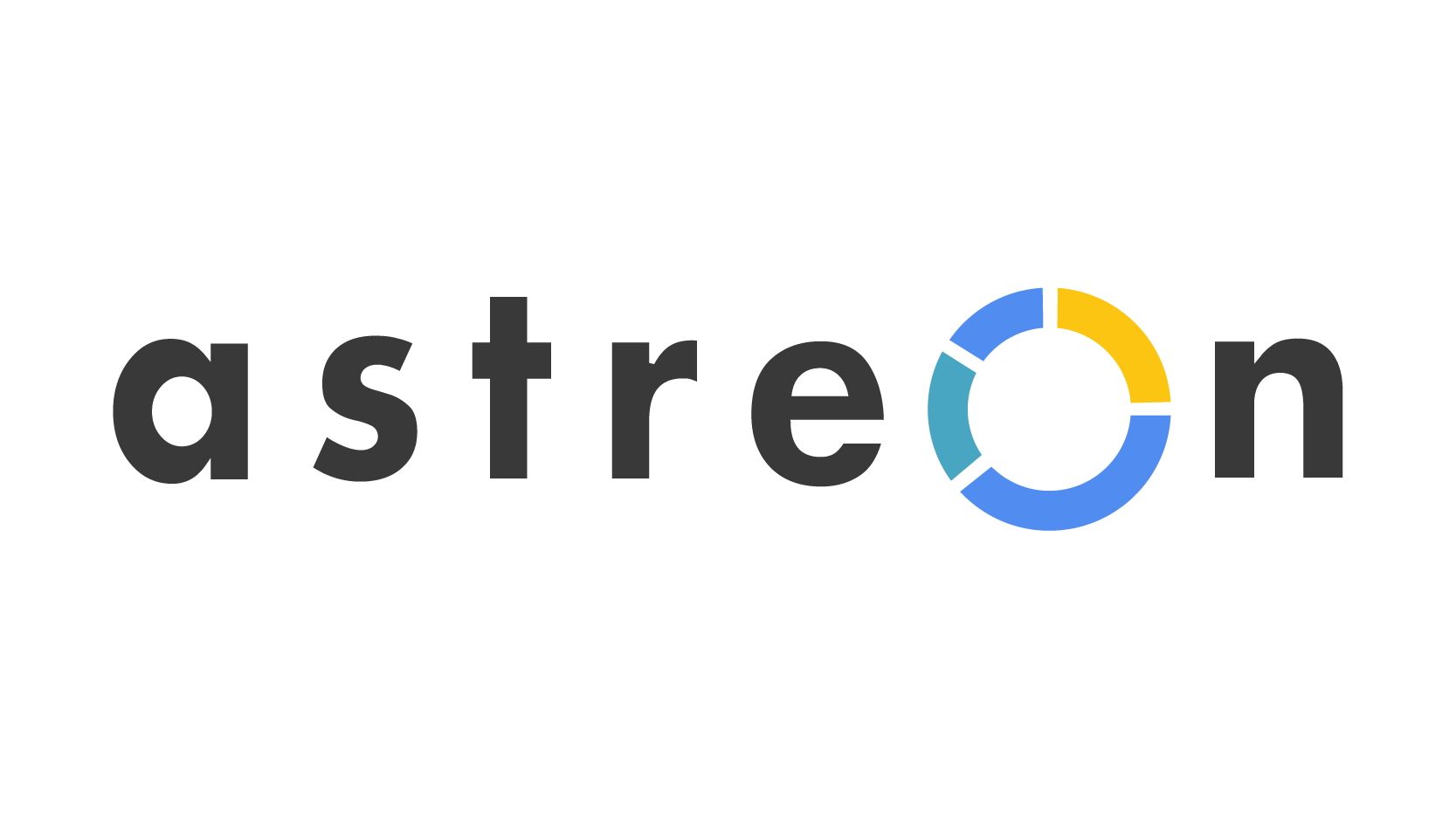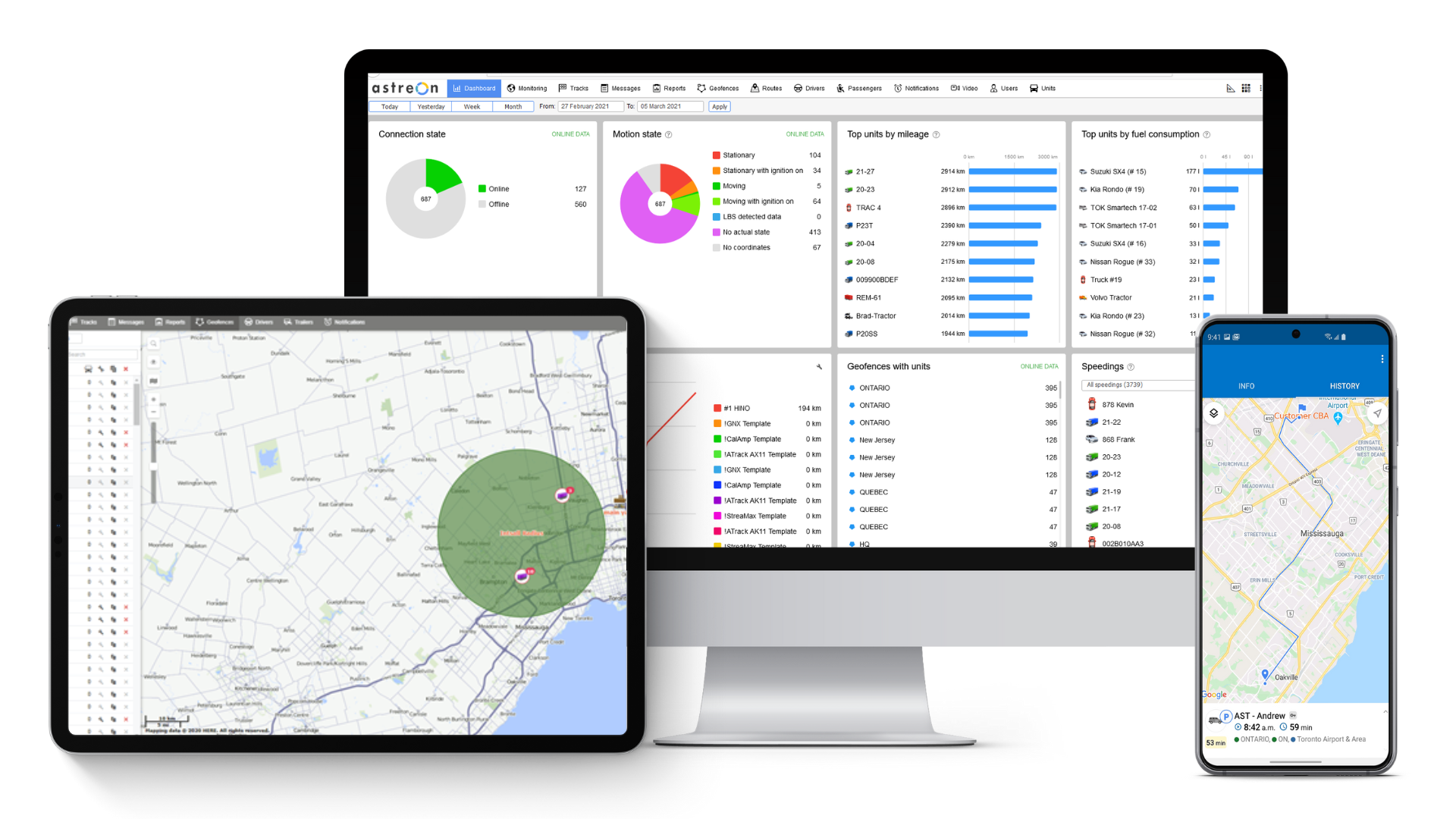
by Yumi | Aug 26, 2024 | Fleet management, Fuel, Maintenance, Operation, Telematics, Tracking
The Hidden Costs of Fuel Management: Challenges Faced by Modern Fleets Fuel management is an integral component of fleet operations, yet many businesses struggle with the high costs and inefficiencies associated with it. Fuel expenses rank among the highest for...

by Yumi | Nov 27, 2023 | Fleet management, Fleetrun, Fuel, Logistics, Maintenance, Mobile workforce management, Operation, Operation Management, Telematics, Tracking, Transportation & Logistics
In the rapidly evolving landscape of e-commerce, last-mile delivery has emerged as the final frontier for businesses striving to meet customer expectations and gain a competitive edge. Last-mile delivery isn’t just about bringing packages to people; it’s...

by Yumi | Oct 30, 2023 | Asset tracking, Fleet management, Fleetrun, Fuel, Logistics, Maintenance, Mobile workforce management, Operation, Operation Management, Telematics, Tracking, Transportation & Logistics
The pharmaceutical landscape in North America is rapidly evolving with increased demand for precision and efficiency. Pharmaceutical fleets face a myriad of challenges that require innovative solutions. From security concerns to regulatory compliance surrounding...

by Yumi | Sep 25, 2023 | Asset tracking, Fleet management, Fleetrun, Fuel, Logistics, Maintenance, Mobile workforce management, Operation, Operation Management, Telematics, Tracking, Transportation & Logistics
As winter approaches, Canada’s vast landscapes transform into a snowy wonderland. However, for fleet managers responsible for snowplows and winter maintenance vehicles, this season also presents many challenges. Keeping roads clear, ensuring driver safety, and...

by Yumi | Aug 21, 2023 | Dashcam, Eco Driving, Fleet management, Fleetrun, Fuel, Logistics, Maintenance, Operation, Operation Management, Telematics, Tracking, Transportation & Logistics
Canada, like most countries globally, is currently grappling with inflation woes. According to Statistics Canada, annual inflation rate rose to 3.3% in July and that’s up from 2.8% in June. One of the biggest contributing factors is the surge in fuel prices. According...








